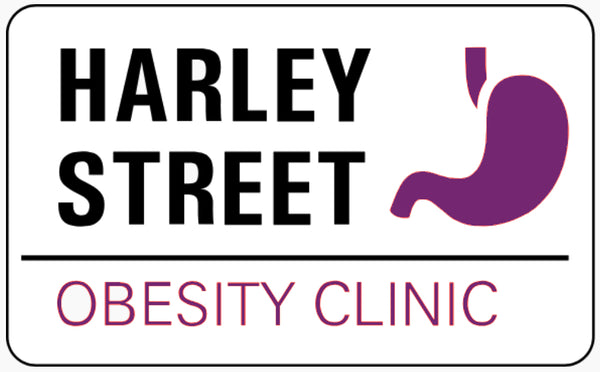A non-surgical gastric balloon is a medical device designed to aid in weight loss without the need for surgery. The balloon is typically inserted into the stomach through an endoscopic procedure, which involves a thin tube with a camera attached being passed through the mouth and into the stomach. Once in place, the balloon is inflated with either saline solution or gas, occupying space in the stomach and creating a feeling of fullness. The balloon is left in the stomach for a predetermined period, usually around six months, after which it is removed.
Issue to consider on a gastric balloon:
- Temporary Solution: Gastric balloons are temporary devices inserted into the stomach to reduce its capacity. However, their effects are not permanent, and once the balloon is removed, individuals may struggle to maintain weight loss.
- Limited Weight Loss: While gastric balloons can lead to significant weight loss, the extent may be less compared to surgical interventions. The weight loss achieved may vary among individuals, and some may find the results less satisfying than with surgical options.
- Side Effects and Discomfort: The insertion of gastric balloons can cause side effects such as nausea, vomiting, abdominal pain, and discomfort. Some individuals may find it challenging to tolerate these side effects, impacting their overall well-being during the treatment period.
- Dependency on Lifestyle Changes: For sustained weight loss with gastric balloons, individuals must commit to significant lifestyle changes, including adopting a healthier diet and regular exercise. Failure to maintain these changes may limit the effectiveness of the treatment.
- Risk of Balloon Rupture or Migration: Although rare, there is a risk of balloon rupture or migration within the digestive system, leading to potential complications. Monitoring and managing these risks require close medical supervision.
Benefits of Weight Loss Surgery:
- Significant and Long-Term Weight Loss: Weight loss surgeries, such as gastric bypass or gastric sleeve, typically result in more substantial and long-term weight loss compared to non-surgical interventions. This can have a more profound impact on obesity-related health issues.
- Improvement of Obesity-Related Conditions: Weight loss surgery has been shown to improve or resolve obesity-related conditions like type 2 diabetes, hypertension, and sleep apnea. This contributes to overall health improvements beyond just weight loss.
- Positive Metabolic Changes: Surgical procedures can lead to positive metabolic changes, including alterations in hunger and satiety hormones. This helps individuals better regulate their food intake, contributing to sustained weight loss.
- Reduced Risk of Weight Regain: Unlike temporary interventions, weight loss surgery offers a more permanent solution. The changes in stomach size and digestive processes make it more challenging for individuals to overeat, reducing the risk of weight regain.
- Enhanced Quality of Life: Many individuals who undergo weight loss surgery report improvements in their overall quality of life, including increased mobility, improved mental health, and a greater sense of well-being.
Non-surgical gastric balloons may provide a temporary weight loss solution with associated discomfort and limitations, while weight loss surgery offers more substantial and lasting benefits, including significant weight loss, improved health, and enhanced overall well-being. However, the choice between these options should be made based on individual health considerations, preferences, and consultation with healthcare professionals.

